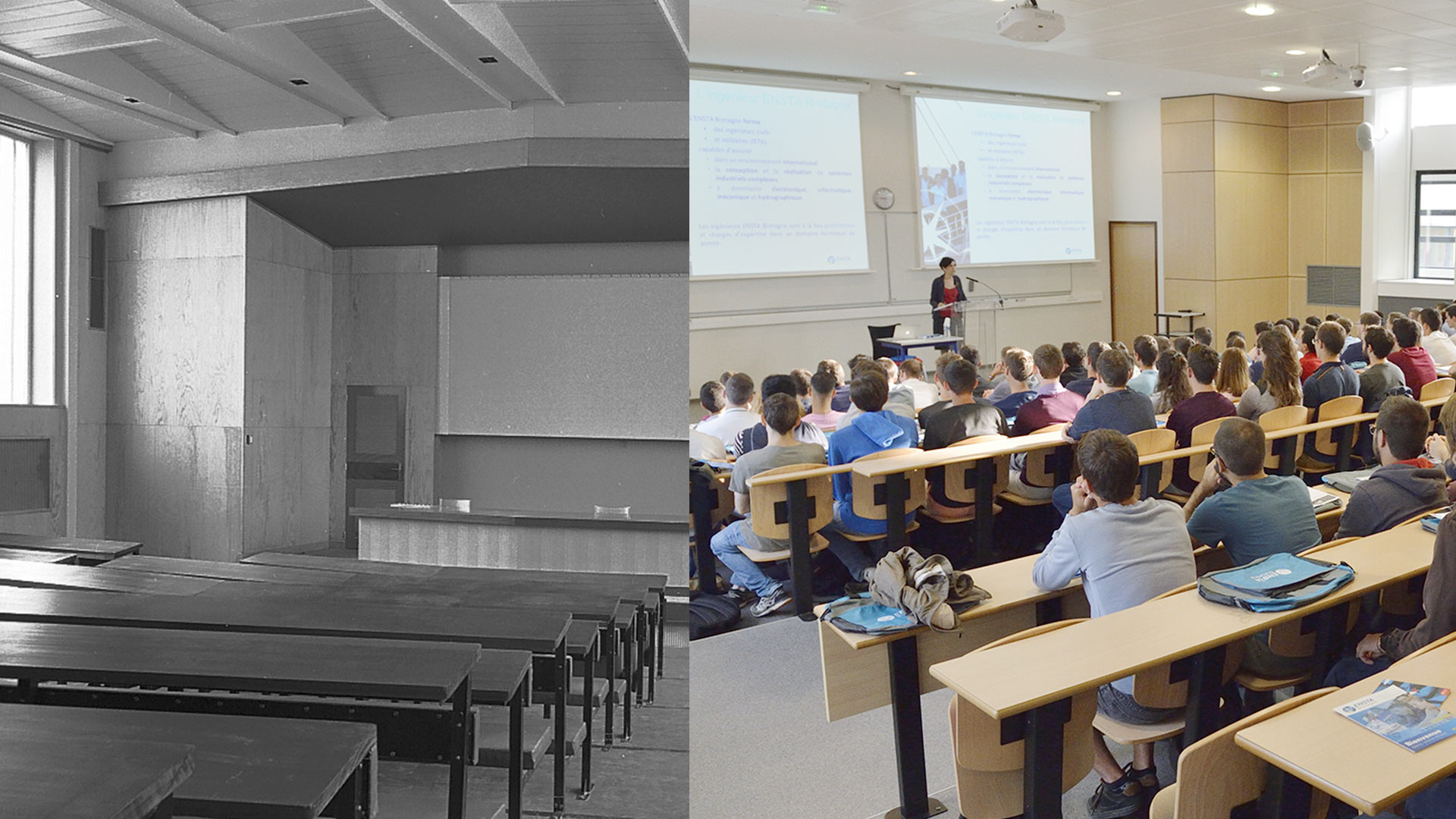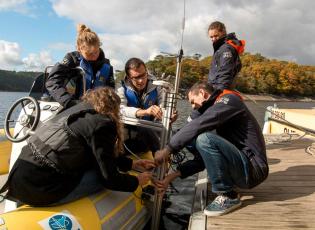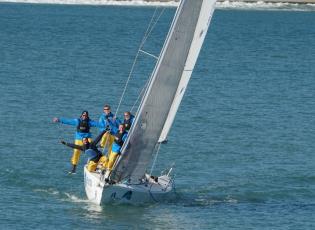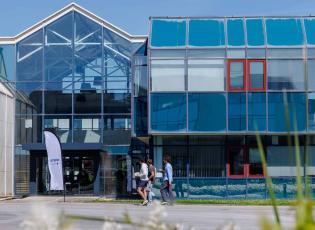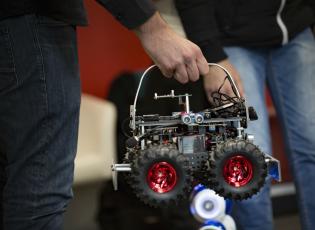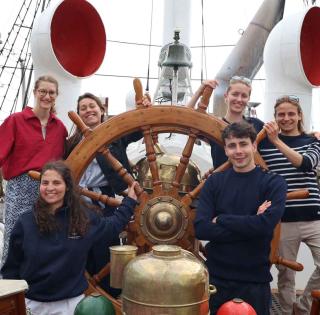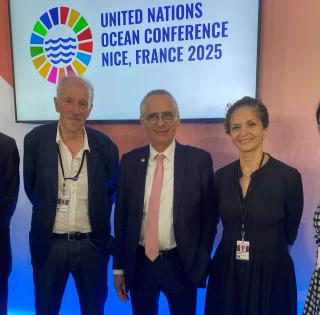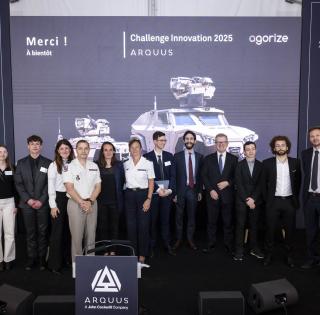
ENSTA Bretagne has delivered the title of engineer since it was created (in 1934). It is one of the oldest schools on which the reputation of this prestigious diploma, accredited by the Commission des Titres d’Ingénieur (CTI ) was built (state body governing the quality and standards of French graduate engineering schools).
Built on a legacy of training on its Brest campus since 1819, ENSTA Bretagne and its history go hand in hand with the history of engineering, industry, the arsenals and new technology in France.
Creation of the Écoles de Maistrance des Arsenaux (training masters and foremen) which went on to become the Écoles Techniques Supérieures (ETS)
Authorization granted for the ETS to deliver engineering degrees
Creation of the Délégation Ministérielle pour l’Armement which became the DGA (Direction Générale de l’Armement), the Defense Procurement and Technology Agency
Creation of ENSIETA* to train DGA engineers for all the defense programs (3 sites : Brest, Arcueil and Toulouse).
The training at Arcueil is transferred to Brest which almalgamates training in the design of naval systems, hydrography, land armament and pyrotechnics ( aeronautical construction is at Toulon, currently ISAE-SUPAERO).
The competitive entry exams are open to civilian students.
There are now a majority of civilian students in engineer training, whereas the number of military students remains relatively stable.
The cohorts reach 150 students. The research laboratories receive about 100 researchers (lecturers, technical executives and PhD students).
Inauguration of the Research Institute with its facilities for both civilian and military purposes by the Ministers of Defense and Higher Education.
Training open to company-linked engineers (apprentice engineer training or continuing professional training).
ENSIETA obtains ISO 9001:2000 certification for all its activities.
ENSIETA changes name to ENSTA Bretagne and creates an ENSTA group with ENSTA ParisTech. In the same year, the school inaugurates the Research Institute extension (+1500m²).
ENSTA Bretagne integrates the Concours Commun des Ecoles de Mines (the Ecoles des Mines graduate schools competitive entrance examination system) which becomes the Concours Commun Mines Télécom in 2015.
ENSTA Bretagne and IMT Atlantique inaugurate a strategic partnership in the presence of the Minister of Defense
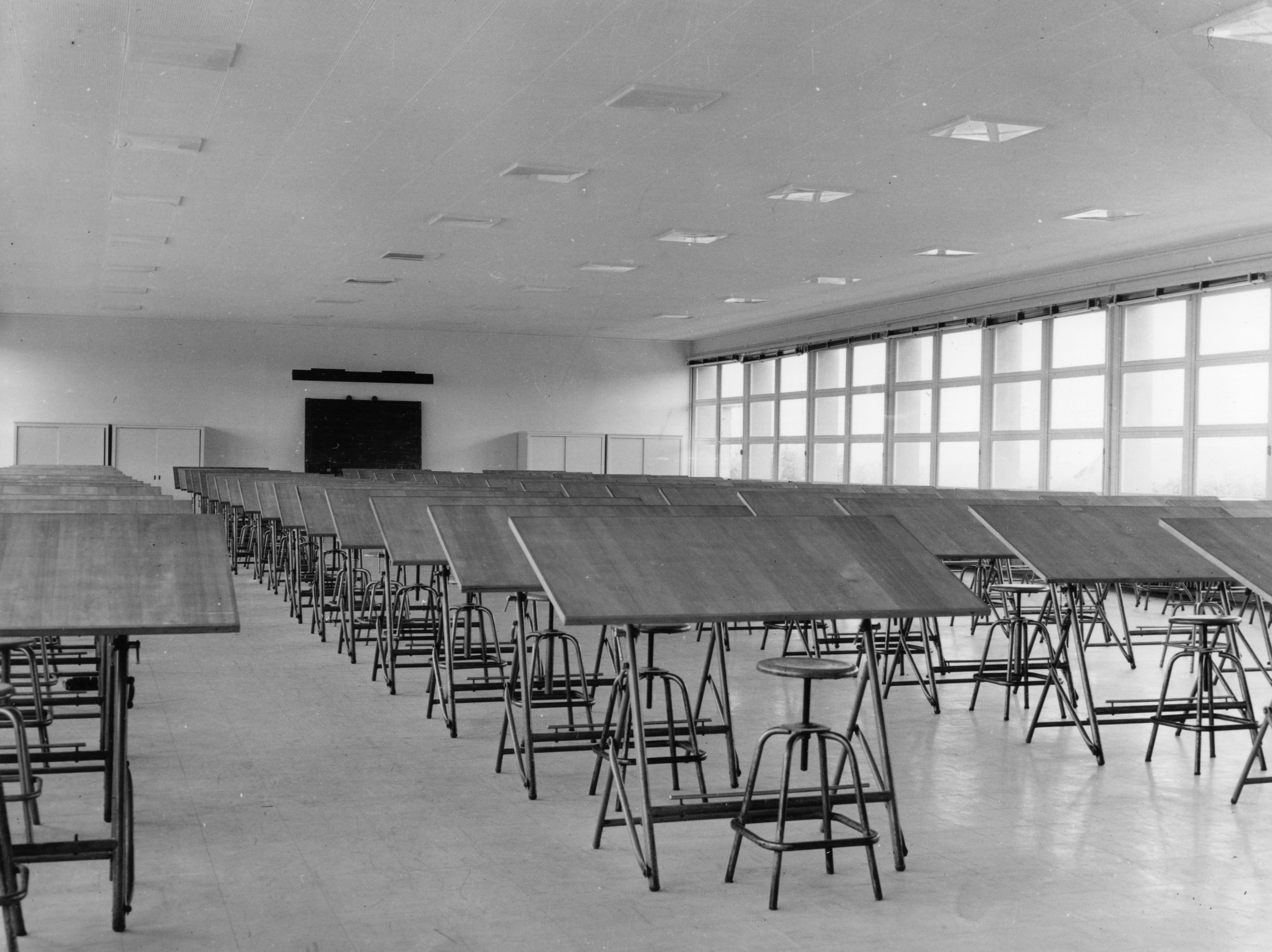
* ENSIETA : École Nationale Supérieure des Ingénieurs des Etudes et Techniques d’Armement
1819-1940 : From the Écoles de maistrance to the Écoles techniques
On 17 April 1819, the Écoles de maistrance* saw the light of day following a decision by Baron Portal, Minister of the Marine under Louis XVIII. He recommended creating a special school in each of the ports of Brest, Rochefort and Toulon, dedicated to training workers selected for their intelligence, in the practical methods of the Arts relating to Naval Architecture.
* The Maistrance were composed of « masters, overseers and assistants tasked with leading workers of the diverse trades relative to Naval Construction”
In 1868, Admiral Rigault de Genouilly, Minister of the Marine, decided to reorganize the schools into two levels of instruction : the Ecoles Préparatoires de Maistrance (preparatory schools for Maistrance) situated in Cherbourg, Brest, Lorient, Rochefort and Toulon, and the Ecoles Normales de Maistrance in Brest and Toulon. The Ecole de Maistrance in Toulon was closed in 1877. That same year, the Brest school became the Ecole Supérieure de Maistrance, then in 1972, Ecole Technique Supérieure (ETS). In 1928, the Ecole Technique Supérieure d’Artillerie Navale was created in Toulon. From 1936 onwards, the two schools were accredited to deliver the title of Engineer (the Commission des Titres d’Ingénieur was created in July 1934).
1940 – 1949 : The turbulence of the 2nd World War
The events of 1940 to 1944 did not spare the technical schools. To ensure it could continue, the Ecole Technique Supérieure des Constructions Navales which had until then been within the Arsenal of Brest, upped sticks and merged with the school of the Artillerie Navale in Toulon, to give rise to a single ETS. It moved back to Brest in the middle of 1949.
1961 to 1990 : The origins, birth and growth of ENSIETA
Following on from the creation of the Délégation Ministérielle pour l’Armement in 1961, which 16 years later became the DGA (Direction Générale de l’Armement) or the Defense Procurement and Technology Agency, several bodies merged to become the Ingénieurs des Etudes et Techniques d’Armement (IETA) and the Ingénieurs de l’Armement (IA).
ENSIETA (École Nationale Supérieure des Ingénieurs des Études et Techniques d’Armement) was founded in 1971, four years after the Weapon System Design Engineer (IETA) program was launched. Its first graduating class was made up of 36 IETA students. Training took place on two sites, with hydrography and naval construction programs based in Brest and land weapon system classes in Arcueil. Students studying aeronautic construction and space attended ENICA in Toulouse. The Arcueil site closed in 1987 and all programs, including pyrotechnic chemistry, moved to Brest.
1990 to today, ENSIETA to ENSTA Bretagne: 30 years of expansion, diversification and increasing renown
Today, ENSTA Bretagne is one of the most prestigious French engineering schools. While the school is predominantly civilian in nature, our excellence and renown are enhanced by the strong ties we have maintained with the defense sector and the French Government defense procurement and technology agency, which represent one of the most innovative fields of technological development. Our graduates contribute to groundbreaking businesses worldwide, our research center is booming, and our admissions process is increasingly selective.
In response to growing demand from businesses with an interest in the school's areas of expertise, an entrance exam was established in 1990 for civilian applicants. Student numbers grew rapidly and as of 1996, civilian students outnumbered their military counterparts and after graduating were rapidly recruited in numerous sectors.
In 1992, the school welcomed its first research professor and entered the world of engineering research. The school's research center and its groundbreaking experimental facilities were inaugurated in 2005 in the presence of France’s Deputy Minister for Higher Education and Research and numerous VIPs. Extensions built in 2010 and 2019 illustrate the vitality of our research activities, which are closely associated with various companies' R&D programs.
In December 2010, ENSIETA changed its name to ENSTA Bretagne, becoming a member of the ENSTA group along with ENSTA ParisTech. In 2012, the school adopted the Mines-Ponts entrance exam (the common entrance exam for Ecoles de Mines engineering schools), which as of 2015 became the Mines Télécom entrance exam.
Jean-Yves Le Drian, the French Minister of Defense, visited the school in 2017 to witness the signing of a strategic partnership between ENSTA Bretagne and IMT Atlantique to create an engineering center of excellence.
Over the past few years, the school has focused on diversifying its programs in order to train more general engineers and graduates in its fields of expertise in response to the demands of firms in France and abroad.
Today, ENSTA Bretagne offers 20 training cycles (5- and 6-year syllabuses) including numerous MSc programs. We are also accredited to grant PhD degrees (8-year syllabus) and we welcome a growing number of international students.






